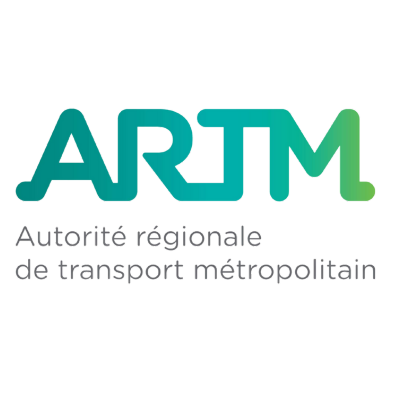Nos publications
Consultez nos publications en lien avec le domaine des transports

Téléchargement
Parcourez nos publications par catégorie et/ou par étiquette
{{ publication.properties.tag[0].name }}
{{ publication.properties.categorie[0].name }}
{{ publication.properties.publishedDate }}
{{ publication.properties.title }}
Aucun résultat disponible pour votre recherche.









